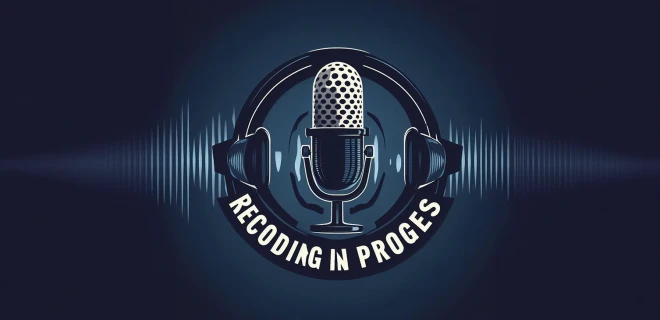Outline of the Article
Introduction
Defining Voice Over Characterisation
The Art of Giving Characters Life
The Role of a Voice Actor
Techniques for Creating Unique Characters
The Importance of Vocal Range
Diction and Articulation
Emotions and Expressions in Voice Over
Character Development in Animation
The Versatility of Voice Actors
The Impact of Voice Over in Media
Challenges in Characterisation
Achieving Realism and Relatability
Conclusion
FAQs
Voice Over Characterisation: Breathing Life into Roles
Introduction Voice Over Characterisation: Breathing Life into Roles
In the realm of entertainment, voice over characterisation stands as an unsung hero, breathing life into animated characters, video game heroes, and more. This article delves into the art of voice over characterisation, uncovering the techniques, challenges, and the magic that voice actors bring to their roles, making characters memorable and relatable.
Defining Voice Over Characterisation
Voice over characterisation is the process of giving distinct and memorable voices to characters in various media, making them believable and engaging.
The Art of Giving Characters Life
Voice over characterisation is akin to the sculptor's chisel, carving a unique identity for each character. It involves finding the perfect voice, tone, and inflection to match the character's personality and emotions.
The Role of a Voice Actor
A voice actor is more than just a performer; they are the embodiment of a character. They breathe life into the written word, creating characters that resonate with audiences.
Techniques for Creating Unique Characters
Voice actors use a myriad of techniques to create distinctive characters, from adjusting pitch and pace to adopting accents, speech impediments, or even mimicking animal sounds.
The Importance of Vocal Range
A wide vocal range is a voice actor's toolkit. It allows them to portray characters of different ages, genders, and species, each with its unique voice characteristics.
Diction and Articulation
Clear diction and precise articulation are essential for characterisation, ensuring that the character's words are understandable and expressive.
Emotions and Expressions in Voice Over
Voice actors must convey emotions and expressions through their voice, making the character's feelings palpable to the audience.
Character Development in Animation
In animation, characterisation is vital as characters don't rely on physical appearance. The voice actor's performance is often the primary source of characterization.
The Versatility of Voice Actors
Voice actors showcase their versatility by portraying a wide range of characters, from villains and heroes to animals and inanimate objects.
The Impact of Voice Over in Media
Voice over characterisation plays a substantial role in the success of movies, TV shows, video games, and commercials. Characters become iconic due to the memorable voices behind them.
Challenges in Characterisation
Voice actors face challenges in understanding and connecting with characters. They must interpret the character's motivations, background, and emotions to create an authentic portrayal.
Achieving Realism and Relatability
The true art of characterisation lies in creating characters that feel real and relatable. Voice actors invest in the emotional depth of their characters, making the audience connect on a profound level.
Conclusion
Voice over characterisation is the invisible thread that weaves character personalities in the fabric of media and entertainment. It transforms words on a script into living, breathing characters that touch the hearts of audiences. This art form requires a blend of technique, empathy, and creativity, making it an integral part of storytelling.
FAQs
1. How do voice actors create unique voices for characters?
Voice actors use techniques like adjusting pitch, pace, accents, and mimicking sounds to create distinctive voices.
2. Why is vocal range important for voice actors?
Vocal range allows voice actors to portray characters of different ages, genders, and species effectively.
3. How does characterisation in animation differ from live-action?
In animation, characterisation relies heavily on the voice actor's performance, as physical appearance is not a factor.
4. What are some challenges voice actors face in characterisation?
Voice actors must understand and connect with their characters' motivations, background, and emotions, which can be challenging.
5. How does voice over characterisation impact media and entertainment?
Voice over characterisation plays a crucial role in making characters memorable and relatable, enhancing the success of various forms of media and entertainment.










